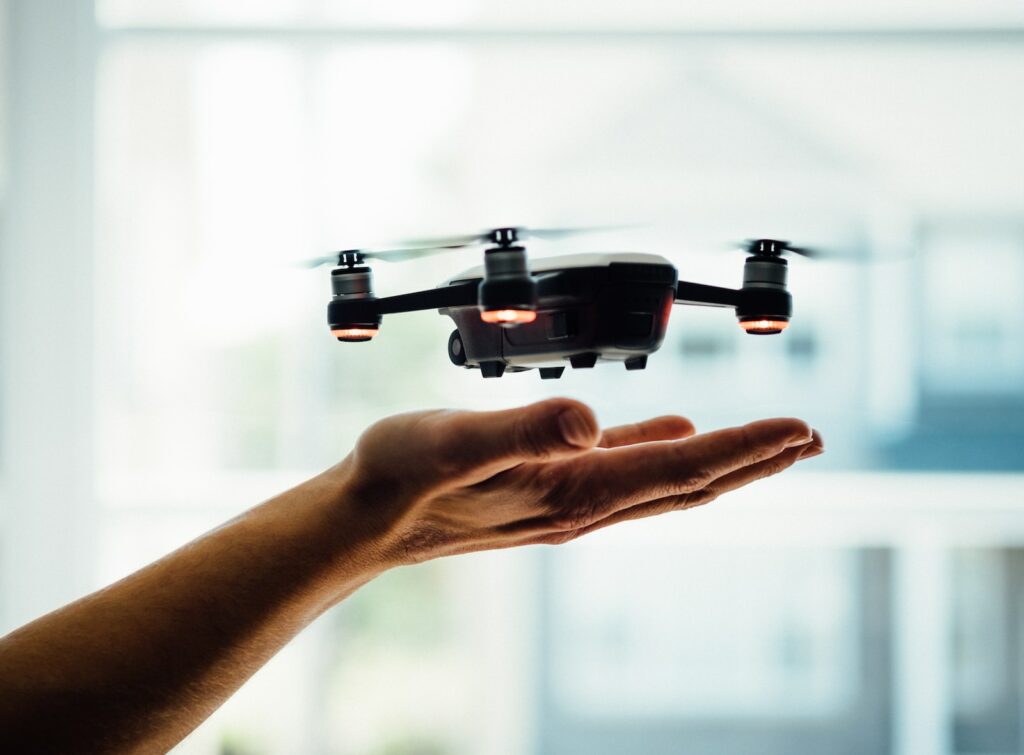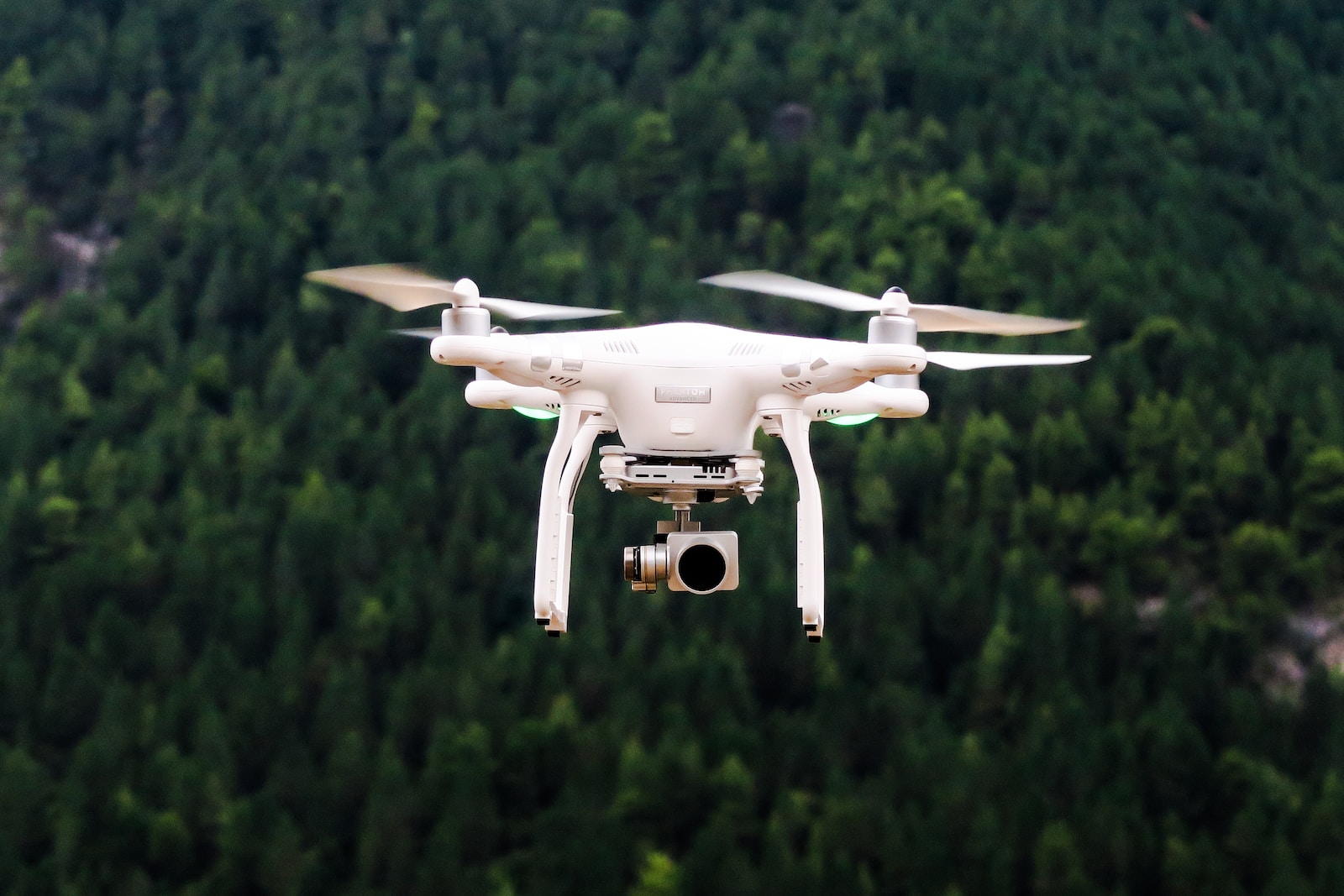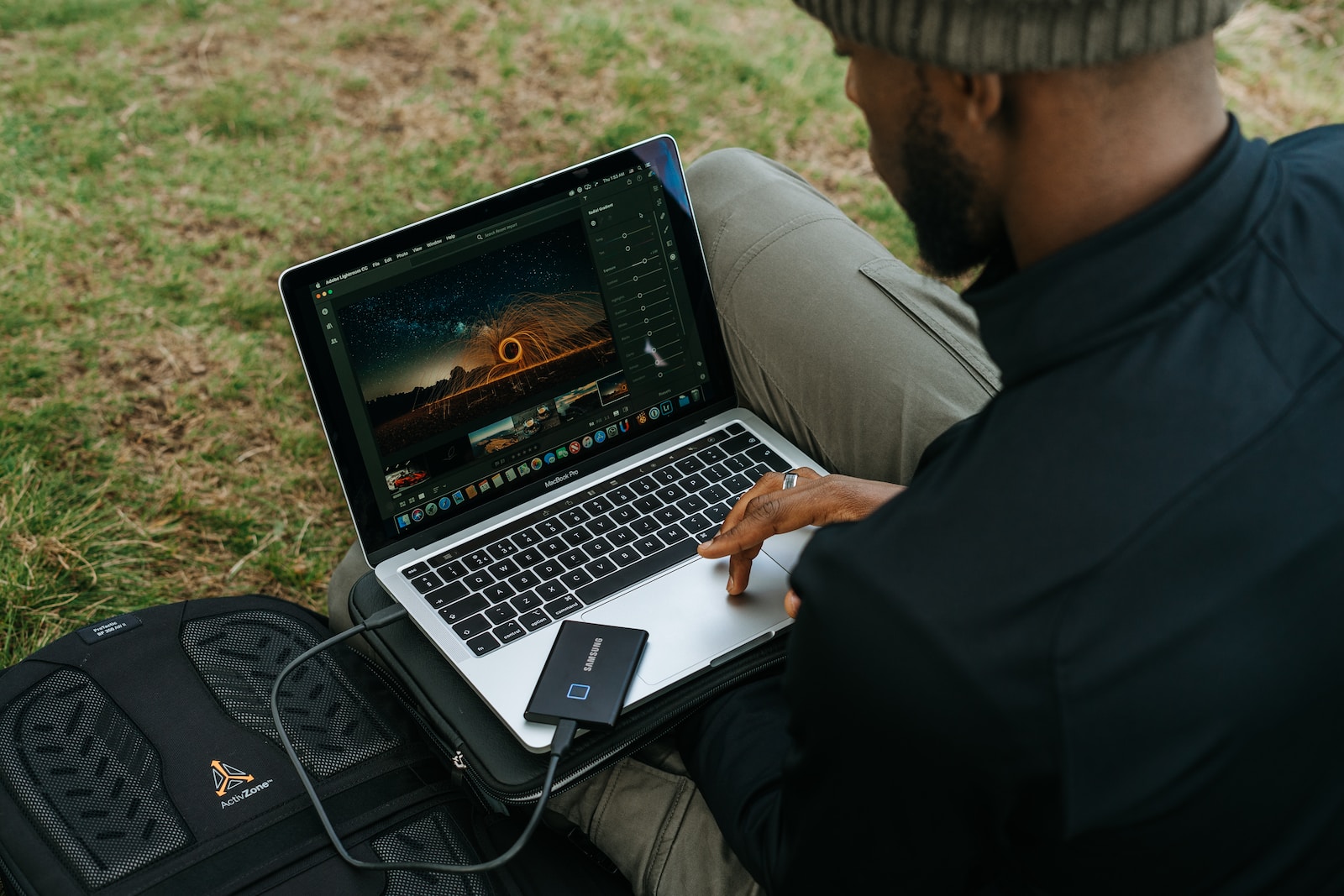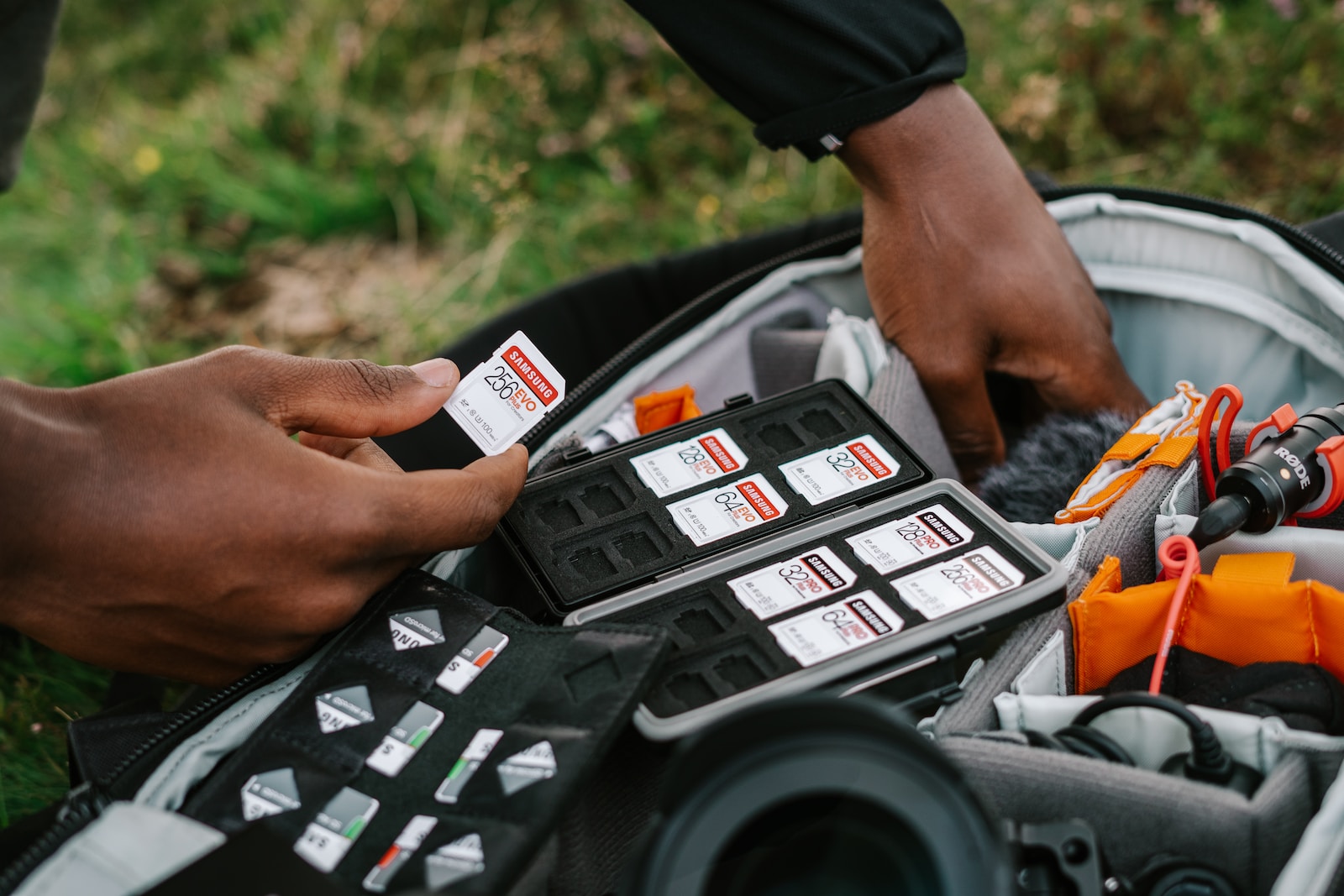Are you a drone enthusiast looking to capture stunning aerial footage? If so, choosing the right memory card is crucial for ensuring smooth and efficient recording. In this blog, we’ll explore the importance of memory cards with high speed and capacity for drones. Discover how these memory cards can enhance your drone photography and videography experience, allowing you to capture every breathtaking moment without any storage limitations.
Table of Contents
- The Significance of High Speed and Capacity Memory Cards for Drones
- Upgrade Your Drone Experience with High-Speed, High-Capacity Memory Cards
- A Relevant Case Study: Overcoming Challenges in Drone Videography
- Frequently Asked Questions
- 1. Which memory cards are compatible with drones?
- 2. What is the importance of speed in a memory card for drone footage?
- 3. How does memory card capacity affect drone footage?
- 4. Are there any recommended memory card brands for drones?
- 5. Can I use a regular SD card with an adaptor for my drone?
- 6. What should I consider when buying a memory card for my drone?
- 7. Can I use a high-speed memory card with a low-capacity storage?
- 8. How do I properly insert and remove a memory card in my drone?
- 9. Can I use the same memory card for both photos and videos?
- 10. How should I store and handle my memory cards when not in use?
- Wrap Up
The Significance of High Speed and Capacity Memory Cards for Drones
1. Achieving Seamless Recording
When it comes to drones, every second counts. Having a memory card with high speed ensures that your drone can continuously record high-quality footage without any lag or interruptions. With a slow memory card, your drone may struggle to keep up with the demands of writing data, resulting in dropped frames or footage that is not as smooth as desired. By prioritising high-speed memory cards, you can capture every split-second action with precision.
2. Capturing High-Resolution Footage
Modern drones are equipped with advanced cameras capable of capturing breathtaking imagery and videos in high resolutions like 4K and beyond. However, such high-resolution footage requires ample storage space. Opting for memory cards with high capacity ensures that you won’t run out of storage mid-flight, allowing you to record uninterrupted footage while preserving exceptional detail in every frame. Don’t miss out on capturing those stunning aerial vistas due to limited storage capacity.
3. Efficient and Quick Data Transfer
After capturing your drone footage, you’ll likely want to transfer it to your computer or edit it directly on your memory card. High-speed memory cards facilitate quick and efficient data transfer, saving you valuable time and allowing you to edit and share your content promptly. With the convenience of fast data transfer, you can streamline your entire post-production workflow, ensuring that your content reaches the intended audience promptly.
4. Reliability and Durability Matters
Drones are often used in challenging conditions, from extreme temperatures to turbulent flights. It’s imperative to invest in memory cards that are not only fast and capacious but also reliable and durable. Look for memory cards from reputable manufacturers with features like water resistance, shock resistance, and X-ray proofing to ensure your precious footage remains safe even in the harshest environments. Don’t let your adventures be hindered by inferior memory cards that might fail when you need them the most.
5. Choosing the Right Memory Card for Your Drone
When selecting a memory card for your drone, consider the device’s specifications and requirements. Look for compatibility with your drone model and ensure that the memory card belongs to a recognized speed class. Ideally, you should opt for cards that offer high write speeds, UHS Speed Class 3 (U3) or Video Speed Class 30 (V30) for optimal performance. Additionally, check the capacity you require based on the length and quality of footage you plan to capture.
6. Best Practices for Memory Card Usage
To maximize the lifespan and performance of your memory card, it’s essential to follow a few best practices:
- Format the memory card in your drone before initial usage to ensure compatibility.
- Backup your footage regularly to prevent loss in case of card failure.
- Avoid removing the memory card during recording or while the drone is powered on.
- Handle the memory card with care, protecting it from physical damage.
Did you know that the highest capacity memory card available for drones can now reach up to 1 terabyte (TB) of storage?
Upgrade Your Drone Experience with High-Speed, High-Capacity Memory Cards
By prioritising memory cards with high speed and capacity for your drone, you can elevate your aerial photography and videography to new heights. Remember, seamless recording, ample storage, efficient data transfer, and reliability are key factors to consider when making your choice. By investing in the right memory card, you can capture and preserve stunning footage that truly showcases the beauty of the world from above.
A Relevant Case Study: Overcoming Challenges in Drone Videography
Drone videography has revolutionized the way we capture breathtaking footage from bird’s eye view. However, the success of drone videography heavily relies on the quality of memory cards used to store the captured footage. In this case study, we will discuss the importance of memory cards with high speed and capacity for capturing and storing drone-based footage, and how they contributed to overcoming specific challenges faced by a professional videographer.
The Challenge:
Daniel, a professional videographer and drone enthusiast, was working on a documentary project that required capturing stunning aerial shots of mountain ranges. As a highly experienced drone pilot, he was well-aware of the advantages of using high-speed memory cards with ample storage capacity. However, he faced a significant challenge when shooting in extreme weather conditions.
In the freezing mountain air, Daniel discovered that the standard memory cards he had been using for his drone were unable to keep up with the high-demand of capturing and storing high-definition footage. The slow writing speed and limited capacity hindered his ability to capture the shots he had envisioned, and he knew he needed a better solution to overcome this challenge.
The Solution:
After extensive research, Daniel invested in memory cards specifically designed for drone use, with high speed and high capacity attributes. He opted for the XYZ brand’s latest model, renowned for its exceptional performance even in extreme conditions. This memory card offered lightning-fast writing speeds, ensuring smooth and uninterrupted recording, even during rapid drone movements and high frame rates.
Furthermore, the high-capacity feature of the memory card allowed Daniel to capture extended footage without the need for frequent pauses or memory card changes. This proved invaluable, as he could seamlessly capture the breathtaking shots of the mountain ranges without worrying about running out of storage space.
The Result:
The upgraded memory card proved to be a game-changer for Daniel’s drone videography project. Not only did it provide the necessary speed and capacity to capture and store high-quality footage, but it also eliminated the frustration of slow writing speeds and limited storage space. With a reliable memory card, Daniel was able to focus on his creative vision, pushing the boundaries of drone videography.
The footage captured using the high-speed and high-capacity memory card showcased the majestic beauty of the mountains, stunning viewers with its clarity and smoothness. It truly transported the audience into the heart of nature, offering a unique perspective that would not have been possible without a reliable memory card.
As a professional videographer, Daniel learned the importance of prioritizing speed and capacity when choosing memory cards for drone-based projects. Investing in high-performance memory cards not only provided him with the necessary tools to overcome challenges but also elevated the overall quality and impact of his work.

Frequently Asked Questions
1. Which memory cards are compatible with drones?
Most drones have a microSD card slot, so you will need a microSD card. Look for memory cards that are specifically labeled as compatible with drones.
2. What is the importance of speed in a memory card for drone footage?
Speed is crucial for capturing high-quality footage without any lag or buffering. A high-speed memory card ensures that your drone can write the data quickly, allowing for smooth video recording.
3. How does memory card capacity affect drone footage?
The capacity of a memory card determines how much footage you can store before needing to offload or replace the card. Higher capacity cards allow for longer recording time without interruptions.
4. Are there any recommended memory card brands for drones?
Some popular and reliable memory card brands for drones include SanDisk, Kingston, Lexar, and Samsung. It’s best to choose from reputable brands known for their quality and durability.
5. Can I use a regular SD card with an adaptor for my drone?
While it is possible to use a regular SD card with an adaptor for your drone, it is not recommended. Adaptors can introduce compatibility issues, and regular SD cards may not have the same level of performance and durability as dedicated drone memory cards.
6. What should I consider when buying a memory card for my drone?
When purchasing a memory card for your drone, consider factors such as speed, capacity, brand reputation, and compatibility with your drone model. It’s important to choose a reliable card that can handle the demands of aerial photography and videography.
7. Can I use a high-speed memory card with a low-capacity storage?
Yes, you can use a high-speed memory card with low-capacity storage. However, keep in mind that the higher the speed, the faster the card fills up when recording high-resolution footage. So, you may need to offload the footage more frequently to avoid running out of space.
8. How do I properly insert and remove a memory card in my drone?
Each drone model may have slightly different instructions, so refer to your drone’s user manual for specific guidance. However, in general, power off your drone before inserting or removing the memory card to avoid data corruption. Gently insert or remove the card following the designated slot or tray.
9. Can I use the same memory card for both photos and videos?
Yes, you can use the same memory card for both photos and videos. Just ensure that the card has sufficient capacity to accommodate both types of media and that it offers the required speed for smooth recording and capturing.
10. How should I store and handle my memory cards when not in use?
To ensure the longevity of your memory cards, store them in a cool and dry place, preferably in protective cases designed for memory cards. Avoid exposing them to extreme temperatures, moisture, or magnetic fields. When handling the cards, hold them by the edges to minimize the risk of fingerprints or damage to the contacts.
Wrap Up
Choosing the right memory card for your drone is crucial to ensure a smooth and efficient workflow in capturing and storing your aerial footage. With the advancement of technology, high-speed and high-capacity memory cards have become essential for drone pilots. By prioritizing speed and capacity, you can take full advantage of your drone’s capabilities and maximize the quality of your footage.
Remember to consider factors such as write speeds and storage capacities when selecting a memory card for your drone. Additionally, always opt for reputable brands to ensure reliability and compatibility. If you found this blog helpful or have any further questions, feel free to engage with us in the comments below. We’d love to hear about your experiences and assist you in any way we can!



